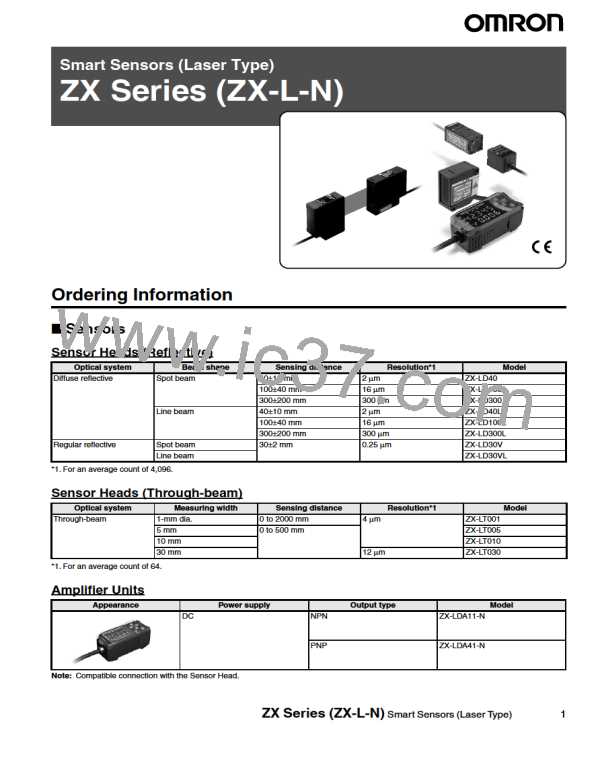Comparison of Classifications between FDA and ANSI
Class
Class I/1
FDA definition
ANSI description
Limits applicable to devices that have emissions in the ultraviolet, visi- A Class 1 laser is considered to be incapable of pro-
ble, and infrared spectra, and limits below which biological hazards
have not been established.
ducing damaging radiation levels during operation and
maintenance and is, therefore, exempt from any con-
trol measures or other forms of surveillance.
Class IIa/2a
Class II/2
Limits applicable to products whose visible emission does not exceed Class 2 lasers are divided into two subclasses, 2 and
Class I limits for emission durations of 1,000 seconds or less and are
not intended for viewing.
2a. A Class 2 laser emits in the visible portion of the
spectrum (0.4 to 0.7 µm) and eye protection is normal-
ly afforded by the aversion response including the blink
reflex.
Limits applicable to products that have emissions in the visible spectrum
(400 to 710 nm) for emission durations in excess of 0.25 second, pro-
viding that emissions for other durations and/or wavelengths do not ex-
ceed the Class I limits. Class II products are considered hazardous for
direct long-term ocular exposure.
Class IIIa/3a
Class IIIb/3b
Limits to products that have emissions in the visible spectrum and that Class 3 lasers are divided into two subclasses, 3a and
have beams where the total collectable radiant power does not exceed 3b. A Class 3 laser may be hazardous under direct and
5 milliwatts.
specular reflection viewing conditions, but the diffuse
reflection is usually not a hazard.
Limits applicable to devices that emit in the ultraviolet, visible, and infra-
red spectra. Class IIIb products include laser systems ranging from 5 to
500 milliwatts in the visible spectrum. Class IIIb emission levels are oc-
ular hazards for direct exposure throughout the range of the Class, and
skin hazards at the higher levels of the Class.
Class IV/4
Exceeding the limits of Class IIIb and are a hazard for scattered reflec- A Class 4 laser is a hazard to the eye or skin from the
tion as well as for direct exposure.
direct beam and sometimes from a diffuse reflection
and also can be a fire hazard. Class 4 lasers may also
produce laser-generated air contaminants and hazard-
ous plasma radiation.
Label Indications
● EN
EN/IEC warning label
Laser warning label
Explanatory label with specified wording
Note: Use of controls, adjustments, or procedures other than those specified herein may result in hazardous radiation exposure.
● FDA
Aperture Label
Class II Caution logo type
Certification and
identification label
Caution
logo type
Aperture label
Certification and Identification Label
Note: Use of controls, adjustments, or procedures other than those specified herein may result in hazardous radiation exposure.
22
ZX Series (ZX-L-N) Smart Sensors (Laser Type)

 OMRON [ OMRON ELECTRONICS LLC ]
OMRON [ OMRON ELECTRONICS LLC ]